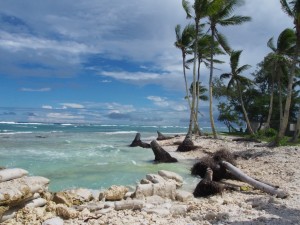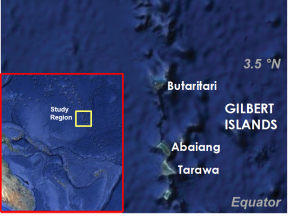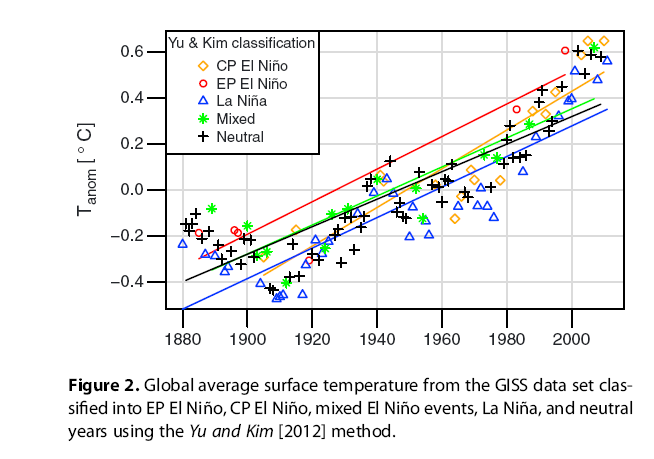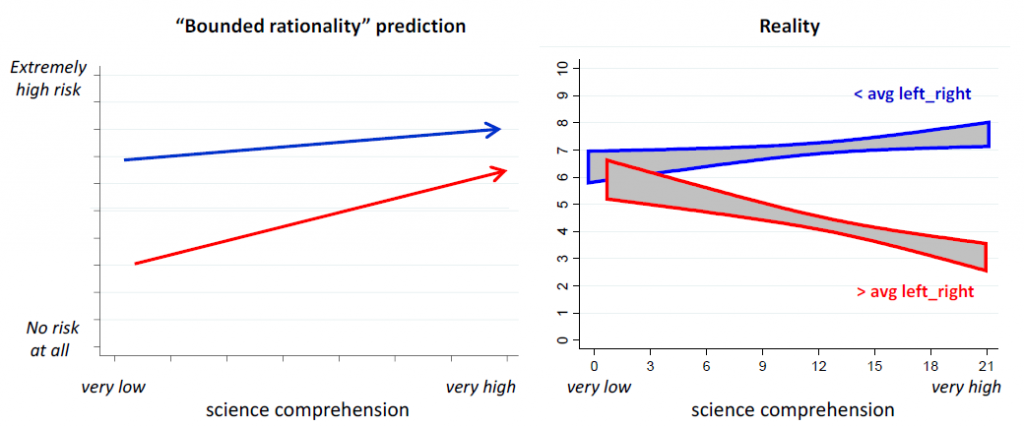 I have a feature (“Fantasy Island”) in the latest issue of Scientific American and accompanying online slideshow about the reality of sea-level rise in Kiribati.
I have a feature (“Fantasy Island”) in the latest issue of Scientific American and accompanying online slideshow about the reality of sea-level rise in Kiribati.
The article summarizes the complicated science of sea-level rise in coral islands and the even more complicated politics of being a poster child for the impacts of climate change on the developing world. In reflecting on years of research on the ground and on (and in) the water, I try to provide an antidote to all those well-meaning but generally inaccurate pieces of popular disaster porn written about remote island nations like Kiribati and Tuvalu.
If you are interested in what actually is happening in places like Kiribati, I encourage you to buy the issue. An excerpt:
A North American or European traveling to Kiribati may as
well be stepping through a wormhole into another universe. Combine
that naïveté with the reserved nature of the Kiribati people,
the custom of deferring to outsiders, the legacy of countless
past i-Matang asking about climate change and the lack of local scientific
capacity to verify claims, and a naturally flooding village
becomes a victim. Add in the geopolitics—the legitimate need for
a tiny country lacking agency on the world stage to raise awareness
of a threat to its existence—and the exaggeration about the
impacts of sea-level rise can look intentional, whether it is or not.
As my friend Claire Anterea of the Kiribati Climate Action Network
says, “This is not a story that you will just journalize in one
week or two weeks.”
The article is a testament to all the wonderful people in Kiribati that I have interviewed and worked with over the years, as well as to Mark Fischetti and the editors at Scientific American, who were willing to embrace a story about the incredibly important but less glamourous nuances of climate change.






